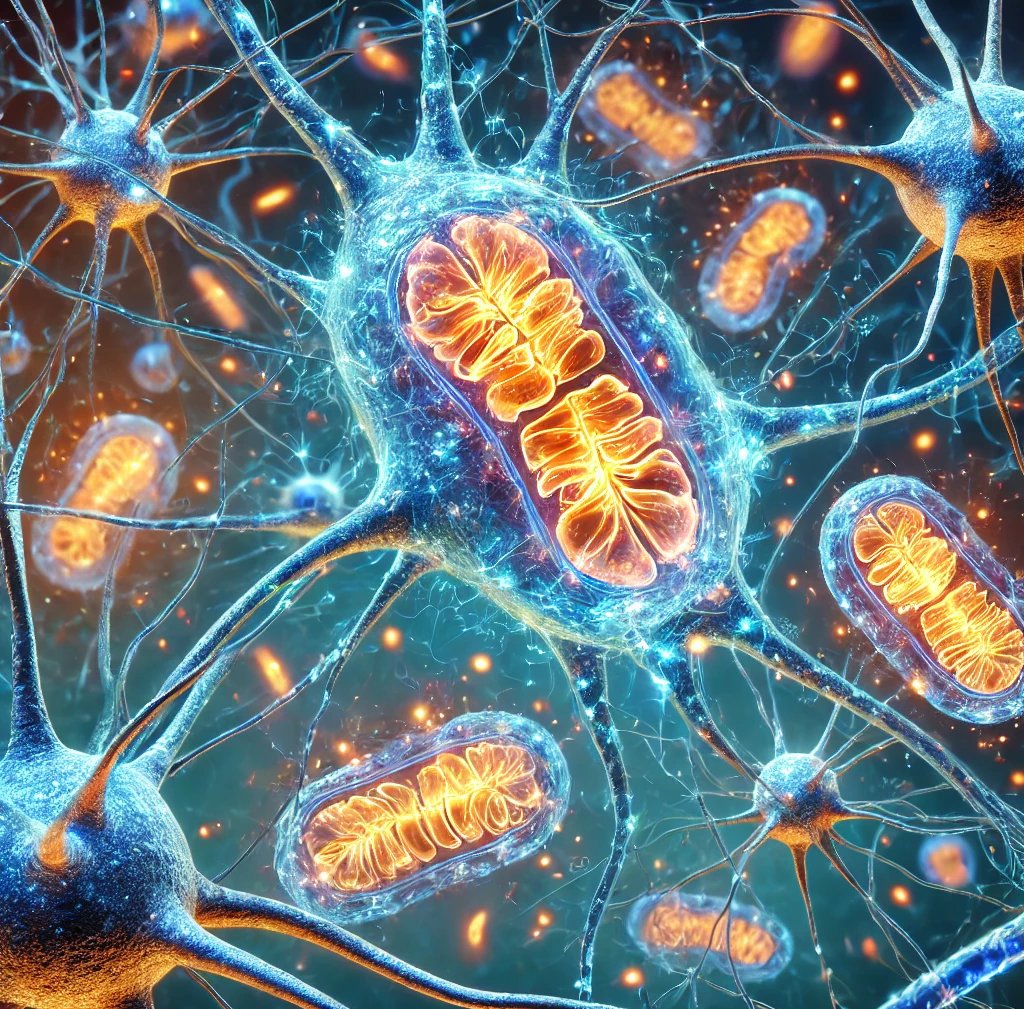Rebooting Mitochondria to Fight Parkinson’s : A New Hope for Protecting Brain Cells
Bitesize: Parkinson’s disease affects over 10 million people, causing movement problems as brain cells die. Our research focuses on mitochondria—the tiny power plants in cells—and a protein called Drp1, which controls their division. Too much Drp1 leads to excessive fragmentation, disrupting energy production and waste clearance, worsening Parkinson’s. We found that reducing Drp1 activity restores mitochondrial function and protects neurons, even against toxins like manganese. Even better, some existing FDA-approved drugs can influence Drp1, offering a faster path to potential treatments. This discovery brings new hope for slowing Parkinson’s progression and protecting brain health.
PARKINSON'S
2/8/20252 min read


Back in 1817, a doctor named James Parkinson first described a condition he called the “shaking palsy”—what we now know as Parkinson’s disease. Fast forward to today, and over 10 million people worldwide live with this condition, which causes tremors and movement problems due to dying brain cells. Despite decades of research, we still don’t have a treatment that can stop or slow this cell loss. But that may be changing.
Think of each cell in your body as a busy factory, powered by tiny energy generators called mitochondria. Unlike a regular power plant, these mitochondria are constantly moving, growing, and shrinking to meet the cell’s needs. This flexibility is essential to keeping everything running smoothly. But when something disrupts this delicate system—like toxic proteins or environmental pollutants—it can cause serious trouble, leading to cell breakdown and, eventually, cell death.
Our research team has been digging into how mitochondrial behaviour might be linked to Parkinson’s. We’ve been studying a protein called Drp1, which acts like a molecular switch that controls when mitochondria divide. A little bit of Drp1 is necessary to keep things in balance, but too much can cause mitochondria to break apart too often, turning them into inefficient, damaged power sources.
Using lab-grown neurons and animal models, we found that exposure to certain environmental toxins and Parkinson’s-related proteins causes mitochondria to fragment and malfunction. This not only messes with energy production but also disrupts the cell’s ability to clear out waste, leading to a dangerous buildup of toxic proteins—a hallmark of Parkinson’s disease.
Here’s the exciting part: When we reduced Drp1 activity, mitochondria were able to function normally again, and neurons were protected from damage. In one striking experiment, neurons exposed to manganese—a metal linked to Parkinson’s—were able to clean up toxic proteins and stay healthy when Drp1 was dialled down.
Even more promising, we’ve identified some existing FDA-approved drugs that can influence Drp1 activity. This could mean a faster path toward potential treatments that might actually protect brain cells—not just relieve symptoms.
By unravelling the role of mitochondria in Parkinson’s, we’re moving closer to a future where we can do more than just manage the disease—we might be able to slow or even stop its progression. Stay tuned as we work to turn these discoveries into real-world treatments that could improve the lives of millions.
#Parkinsons
#ParkinsonsAwareness
#PD
#Mitochondria
Source:
https://www.psypost.org/unlocking-mitochondrial-secrets-new-hope-for-parkinsons-treatment/